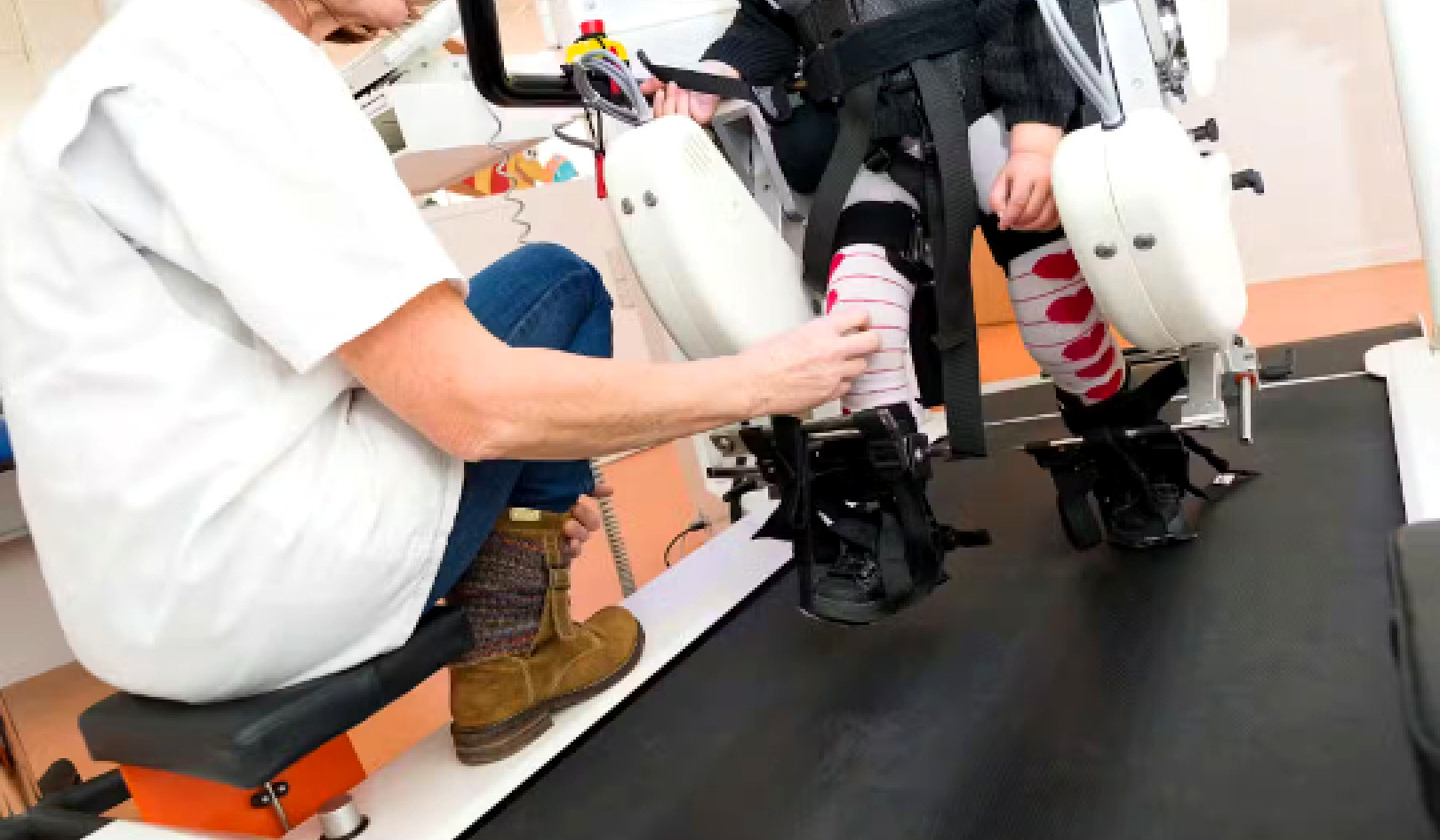
Being feverish is unpleasant, but it can help your body overcome invading pathogens. Narisara Nami/Moment via Getty Images
When you’re sick with a fever, your doctor will likely tell you it’s a sign that your immune system is defending you against an infection. Fever typically results from immune cells at infected sites sending chemical signals to the brain to raise the set point of your body’s thermostat. So, you feel chills when the fever starts and feel hot when the fever breaks.
However, if you were to ask your doctor exactly how fever protects you, don’t expect a completely satisfactory answer.
Despite scientific consensus that fever is beneficial in fighting infections, exactly how is contentious. We are a veterinary pathologist and an emergency physician interested in applying evolutionary principles to medical problems. The evolution of fever is a classic conundrum because fever’s effects seem so harmful. Besides making you feel uncomfortable, you may also worry you’ll dangerously overheat. It is also metabolically costly to generate that much heat.
In our research and review, we propose that since fever occurs throughout much of the animal kingdom, this costly response must have benefits or it never would have evolved or been retained across species over time. We highlight several important but rarely considered points that help explain how the heat of fever helps your body fight infections. Fever is a physiological response that has persisted for hundreds of millions of years across species.
How fever fights infection
Infections are caused by pathogens. Pathogens can be microbes such as certain species of bacteria, fungi or protozoans. If microbes or viruses have infected your cells and are using them to replicate, your own cells can also be considered pathogens and are treated that way by your immune system.
The main explanation for how fever helps control infections is that higher temperatures put heat-induced stress on pathogens, killing them or at least inhibiting their growth. But why would the somewhat higher body temperatures of fever – an increase of about 1.8 to 5.4 degrees Fahrenheit (1 to 4 degrees Celsius) – which can’t even kill your own healthy cells, harm such a wide variety of pathogens?
Immunologists have noted that slight heat makes immune cells work better. The implication is that fever is needed to enhance their defensive function. However, from an evolutionary perspective, it seems strange to require the massive energy cost of generating a fever just to get more activity from immune cells, especially since there are already plentiful and faster molecular signals available to activate them.
In addition to heat, slightly low oxygen levels and slight acidity also boost immune cell function. Since these stressful conditions also occur at infected sites, it makes sense that immune cells evolved to have their maximum functionality match their stressful working conditions. In fact, since anything in a state of growth is inherently vulnerable to stress – and pathogens are typically growing – researchers, including one of us, have proposed that a function of immune cells is to actively make local conditions stressful to preferentially harm the growing pathogens.
Heating up pathogens locally
Inflammation is a local defensive response to infection. It typically involves heat, pain, redness and swelling in the areas where the immune system is most active. While some scientists are aware that infected sites generate heat, many believe that the feeling of warmth from inflammation is only from dilated blood vessels bringing in warmer blood from core body tissues.
However, researchers have found that inflamed tissues, even in core body tissues, are up to 1.8 to 3.6 F (1 to 2 C) warmer than adjacent normal tissues, so warmth is not just a byproduct of more blood flow. Much of that extra heat is coming from the immune cells themselves. When they generate reactive oxygen species to kill pathogens in a process known as the respiratory burst, substantial heat is also produced. To date, however, the temperatures involved have not been measured.
While cells can tolerate a wide range of temperatures, all cells experience a sharp decline in their ability to grow and survive at higher temperatures. For mammalian cells, and presumably the pathogens that infect them, even a single degree or two above temperatures around 113 F (45 C) is almost always deadly. So the heat of fever adds to already warmer local temperatures.
There is evidence that pathogens are exposed to temperatures that are much higher than the body temperature routinely measured with a thermometer in the emergency department. A 2018 study finding that local temperatures can be as high as 122 F (50 C) in mitochondria – the powerhouse of the cell – came as a surprise to researchers. The heat mitochondria generate is put to good use in warming the body and for fever. Likewise, we suggest that the local heat the respiratory burst produces at the surface of immune cells helps kill pathogens.
Heat and other stressors
Immune cells target pathogens with a variety of stressors meant to kill or inhibit them. These include reactive oxygen species, toxic peptides, digestive enzymes, high acidity and nutrient deprivation. Most chemical reactions are sped up by increased temperatures, so it isn’t surprising that heat enhances these defenses.
Researchers have shown heat to be synergistic with low oxygen and acidity in killing pathogens. Notably, neither febrile temperatures nor iron restriction on their own were able to inhibit the growth of the infectious bacteria Pasteurella multocida, but they could when combined. The stress of heat doesn’t act alone when controlling infections.
The standard view that the heat of fever kills pathogens and enhances immune responses is correct but incomplete. Fever’s ability to control infections comes from the few extra, but critical, degrees it adds to enhance existing locally generated heat to harm vulnerable growing pathogens. And fever also always acts with other defenses, never alone.
At over 600 million years old, fever is an ancient feature of life on this planet that deserves respect. In fact, you owe it to infection-fighting heat that you are still here – alive – to read this. Something to think about the next time you’re sick.![]()
About The Author
Edmund K. LeGrand, Adjunct Professor of Biomedical and Diagnostic Sciences, University of Tennessee and Joe Alcock, Professor of Emergency Medicine, University of New Mexico
This article is republished from The Conversation under a Creative Commons license. Read the original article.
Related Books:
The Body Keeps the Score: Brain Mind and Body in the Healing of Trauma
by Bessel van der Kolk
This book explores the connections between trauma and physical and mental health, offering insights and strategies for healing and recovery.
Click for more info or to order
Breath: The New Science of a Lost Art
by James Nestor
This book explores the science and practice of breathing, offering insights and techniques for improving physical and mental health.
Click for more info or to order
The Plant Paradox: The Hidden Dangers in "Healthy" Foods That Cause Disease and Weight Gain
by Steven R. Gundry
This book explores the links between diet, health, and disease, offering insights and strategies for improving overall health and wellness.
Click for more info or to order
The Immunity Code: The New Paradigm for Real Health and Radical Anti-Aging
by Joel Greene
This book offers a new perspective on health and immunity, drawing on principles of epigenetics and offering insights and strategies for optimizing health and aging.
Click for more info or to order
The Complete Guide to Fasting: Heal Your Body Through Intermittent, Alternate-Day, and Extended Fasting
by Dr. Jason Fung and Jimmy Moore
This book explores the science and practice of fasting offering insights and strategies for improving overall health and wellness.























